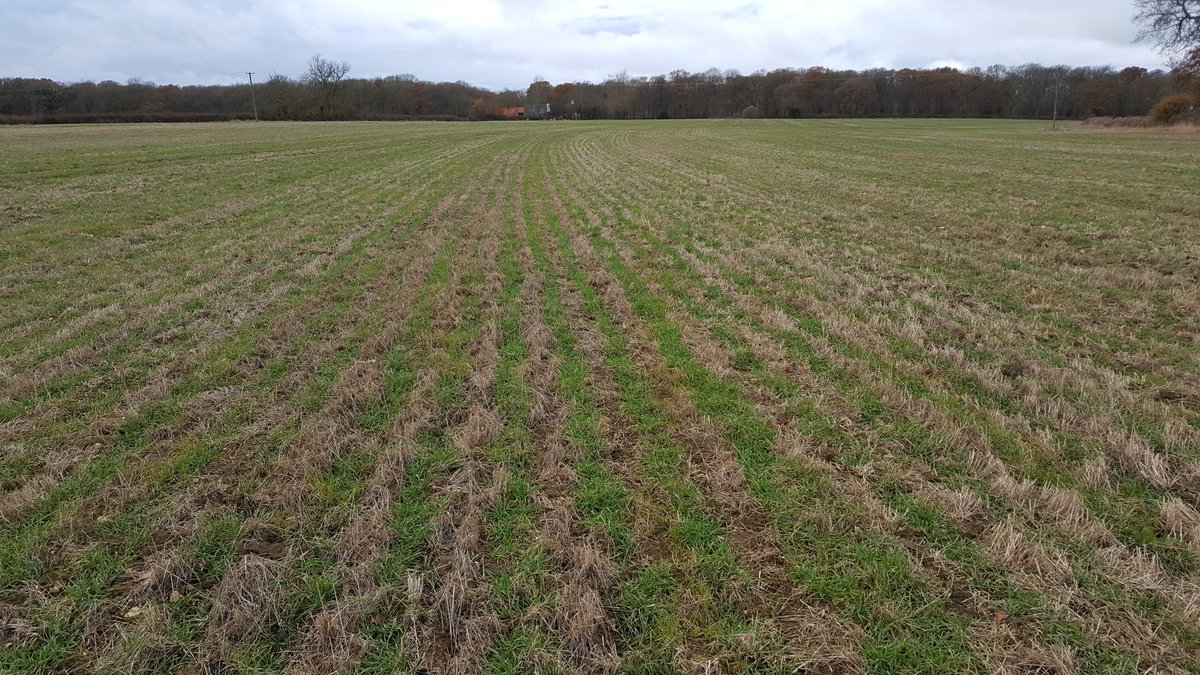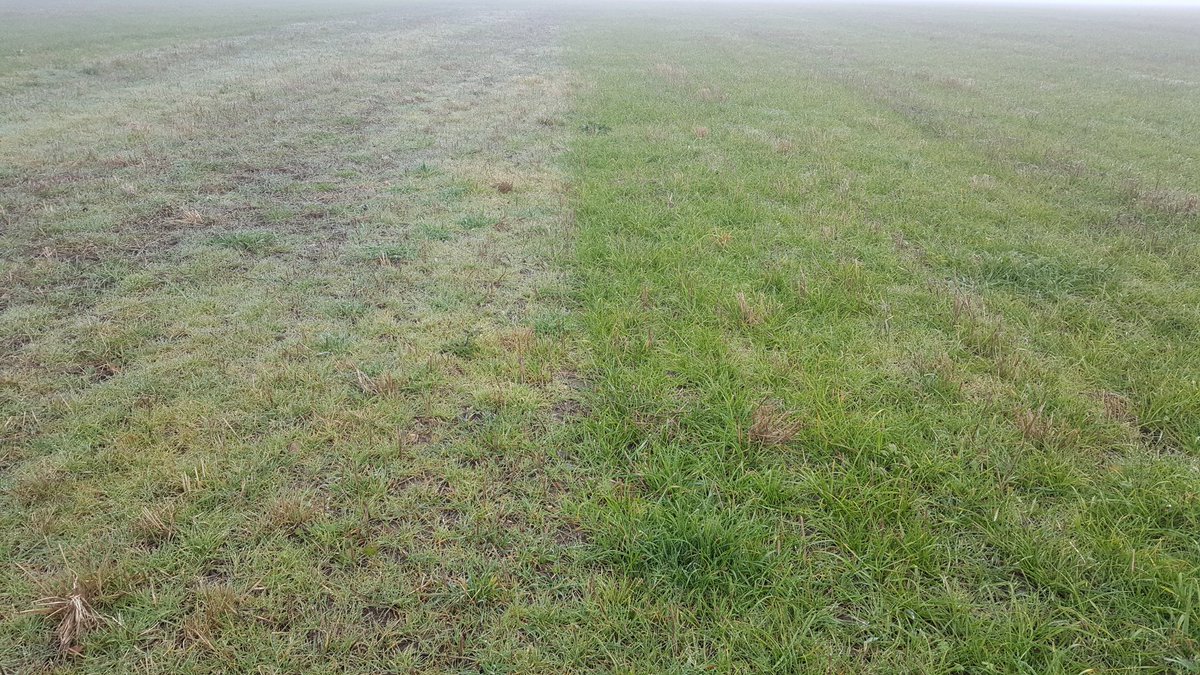- Location
- Top of the Chilterns
Not sure where to ask this question, but i thought the DDers would be a good place to start..
We farm on heavy clay with flints, where the importance of organic matter has never been better demonstated than in this year's awful crop of spring beans, Mzuri'd into stubble, which averaged 1.5t/ha overall, but did 4t in a few places that were down as grass for five years before being ploughed again, five years ago. It looked like, and was, a different crop.
The irony is that these areas were put down to grass because they were on a cold, cobbly, north facing slope that never yielded... Now, if you dig it with a fork you struggle to pull up a lump bigger than a golf ball, whereas over the hedge it comes up as a single slimy slab.
So, i'm thinking how can I get grass leys into the rotation, make them pay, and be able to DD into them after, say, 2 yrs. Has anyone done this successfully, and if so does anyone have any views on varieties or mixes that will help build organic matter and not compromise the reversion to arable?
Many thanks!
We farm on heavy clay with flints, where the importance of organic matter has never been better demonstated than in this year's awful crop of spring beans, Mzuri'd into stubble, which averaged 1.5t/ha overall, but did 4t in a few places that were down as grass for five years before being ploughed again, five years ago. It looked like, and was, a different crop.
The irony is that these areas were put down to grass because they were on a cold, cobbly, north facing slope that never yielded... Now, if you dig it with a fork you struggle to pull up a lump bigger than a golf ball, whereas over the hedge it comes up as a single slimy slab.
So, i'm thinking how can I get grass leys into the rotation, make them pay, and be able to DD into them after, say, 2 yrs. Has anyone done this successfully, and if so does anyone have any views on varieties or mixes that will help build organic matter and not compromise the reversion to arable?
Many thanks!








